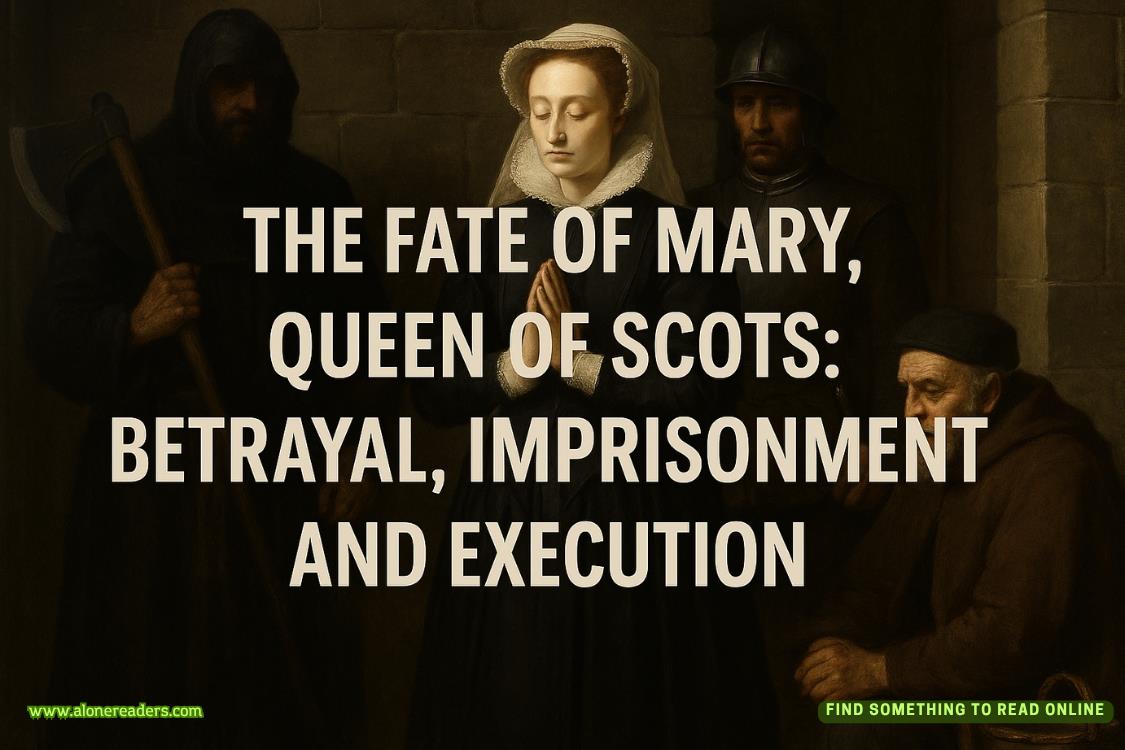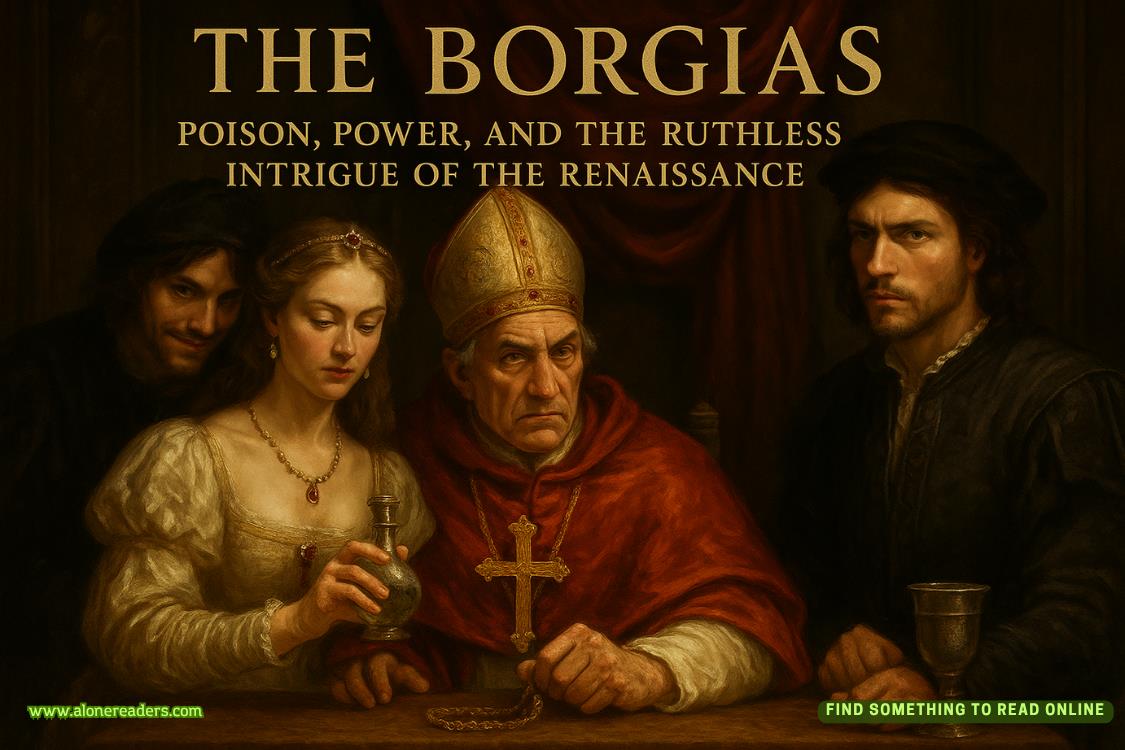Page 45 of An Inside Job
“How did you get it out of the Vatican?”
“I didn’t.”
“Who did?”
“The priest.”
“What priest?” asked Gabriel.
“I don’t know his name.”
“Where did you give it to him?”
“The doorway that leads to the staff car park. He placed the painting in a nylon case and carried it out of the Vatican.”
“Do you remember what he looked like?”
“It was quite dark. I really didn’t get a good look at his face.”
“Surely you must remember something about him.”
“His hair was black.”
“How did he wear it?”
“Neatly combed.”
Gabriel drew a pen from his pocket and pulled a sheet of paper from Pozzi’s Vatican personnel file. His method was rudimentary, a simple oval bisected by faint horizontal lines for the eyes and mouth.
“On what side did he part his hair, Ottavio? The left or the right?”
“The left, I believe.”
“Did he wear a beard?”
“No.”
“And what about his cheekbones?” asked Gabriel. “Were they rounded or angular?”
***
Naturally ambidextrous, Gabriel worked with his left hand, with upward cross-hatching pen strokes. The finished sketch depicted a man of perhaps thirty-five with deeply set eyes, broad cheekbones, a straight nose, and a wide mouth. Gabriel dressed his subject in a clerical suit and a Roman collar, then showed his handiwork to Ottavio Pozzi, the penniless museum security guard who had unwittingly stolen a lost portrait by Leonardo da Vinci.
“That’s him, Signore. That’s the man.”
“Did he say anything to you?”
“Not a word. He just handed me a slip of paper and walked away.”
“The location of the money?”
Pozzi nodded. “It was in a luggage storage place near the Termini station.”
“A hundred thousand?”
“A quarter million.”
“Where is it now?”















